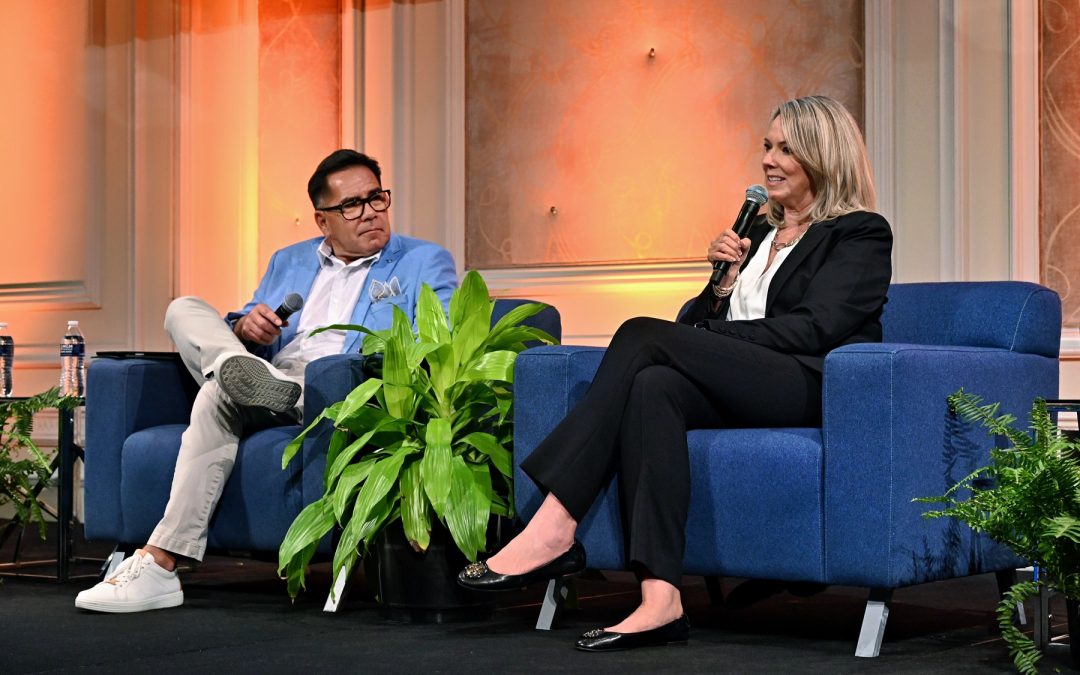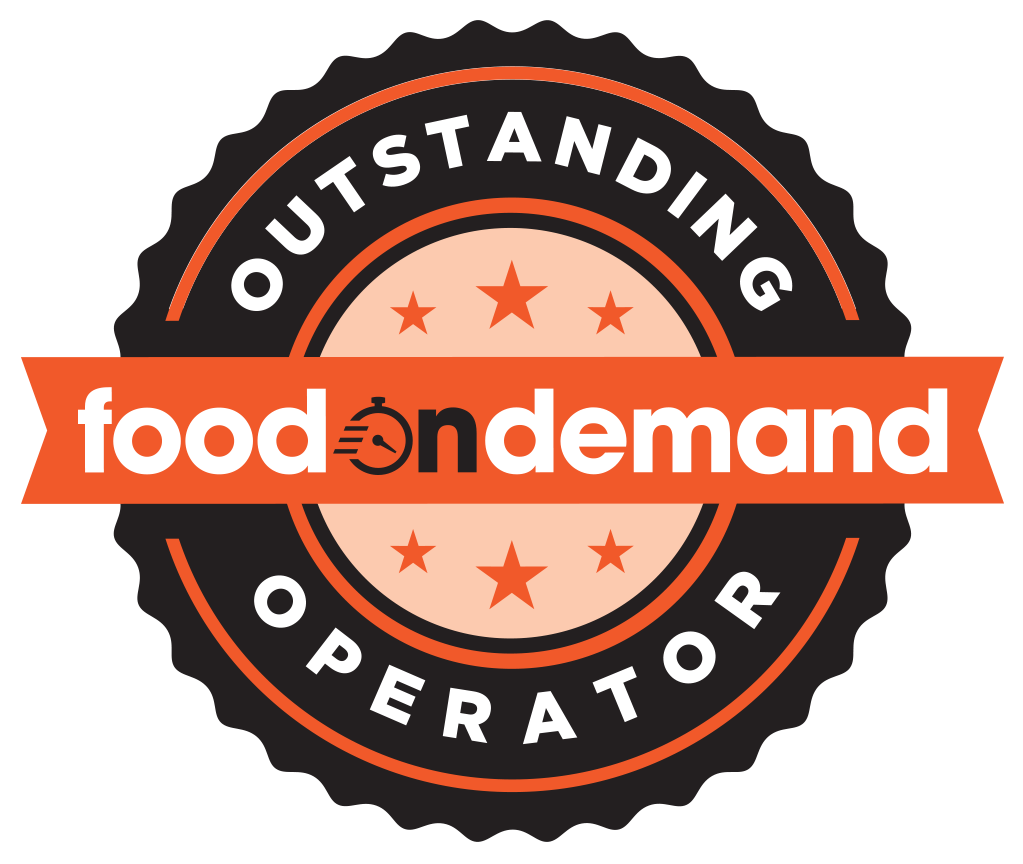At Dog Haus, it’s not just about the dogs. Or the beer. Or the burgers.
In fact, when the company utilized third-party delivery data to see what their customers are ordering, Executive Vice President of Marketing CJ Ramirez noticed something unexpected about consumer habits.
“We’re known for burgers, brews and brats…I’ve learned that we sell burritos,” Ramirez said during the Off-Premises Roundtable session at the Food On Demand Conference, moderated by Managing Editor Bernadette Heier.
Dog Haus operates six “sub brands” born out of the Covid-19 pandemic that are driving sales. The term sub brands takes over for “virtual brands,” which Ramirez said was already an old-school phrase.
Adding chicken wings and burritos to its menu was one way for Dog Haus to “figure out how to survive,” Ramirez said. “We know you’re coming to Dog Haus and you’re expecting a sports bar experience, but you can also have a wing experience or a burrito experience.”
Related: Jake Paul Says He’s ‘All In’ With Dog Haus Partnership
Catering is another huge sales driver.
“Last year was a tough year for everybody,” Ramirez said. “Catering crushed it. … All of our franchisees were up.”
Dog Haus, with about 60 stores nationwide, is certainly not the biggest player in the restaurant space. But Ramirez said size doesn’t have to hinder brand presence on 3PD apps.
“If you’re a one-or two-storefront business versus somebody that’s got many more, and you are more efficient than they are, you win in the algorithm,” Ramirez said.
Partnering with ezCater and Olo, Dog Haus edited its menu to streamline operations and increase sales. The franchise tested out packaging options—and it started out cheap, Ramirez said. “We felt like this will be good enough, and there is no such thing,” he said. “You’ve got to do it right or you lose the opportunity to really engage yourself in someone’s thought process.”
Acai and smoothie concept Playa Bowls is also all-in on catering, but it needed to figure out how to bring the “Playa vibe” to households and workplaces, Chief Operating Officer Julie Klinger said.
Guests want something tasty that gets to them quickly, she said. What Playa Bowls learned was the importance of keeping that vibe present in its packaging and presentation of its bowls and smoothies. “We’re really self-reflecting right now and saying, how can we get better at that and bring that branding into someone’s home and into their businesses as well?” Klinger said.
Taco John’s, the 350-unit taco drive-thru concept, launched catering in about 280 stores last year. Many of the brand’s locations are in rural communities with major employers like Amazon warehouses or the mining industry who can utilize Taco John’s build-your-own burrito bars and other offerings, said Korey Love Taylor, the brand’s director of digital engagement.
“We’ve seen a ton of growth in a short amount of time,” she said. “We’ve seen a ton of success bringing our everyday drive-thru offerings into a workplace setting and it’s doing very well.”

Korey Love Taylor, Director of Digital Engagement at Taco John’s International, discusses how loyalty programs come down to three things: attracting new guests, increasing brand value, and collecting data.
Building loyalty
There’s a different customer on each of the core delivery apps, Ramirez said. Dog Haus learned to maximize its presence on all platforms.
“There is a DoorDash customer, there is a GrubHub customer, there’s an Uber Eats customer. They’re not the same,” he said. “You must learn the platform. You must learn how to maximize your presence on each of the platforms, in each of your territories, and then drill down to each of your locations. It’s that detail.”
Love Taylor said loyalty programs come down to three things: attracting new guests, increasing brand value, and collecting data.
That data is imperative for driving sales and making loyalty apps worth the effort for brands, she said. Once the program attracts a customer, Taco John’s can then use data to improve consumer experience and transform them into a repeat customer.
But first, customers need to hand over their data, which is sometimes a challenge, she said.
“For us, it’s how are we going to get them to share their data with us, but then use it to customize and personalize their experience so that they know we know them,” Love Taylor said. “I think loyalty is only going to be more and more important.”
The eighth annual Food On Demand Conference, which offers insights from key restaurant and foodservice players in mobile ordering, delivery, catering and technology, continues through May 7 at the Bellagio in Las Vegas.


